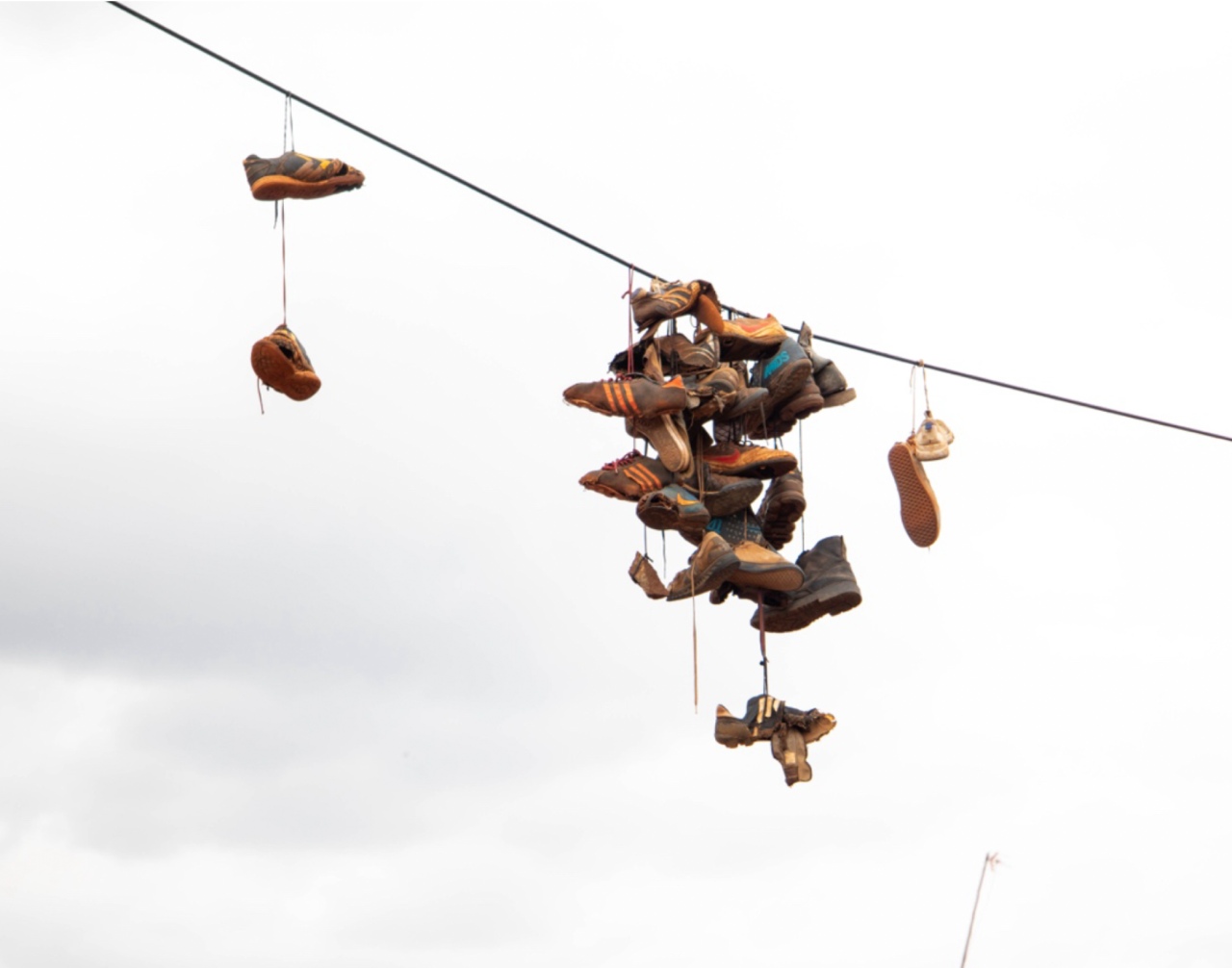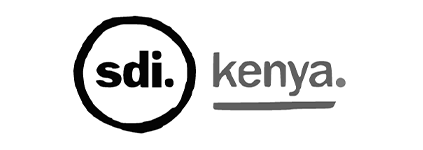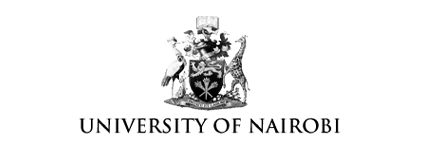Informal Futures: Housing in Mathare, Kenya
Fall 2024 - Design Option Studio

Informal Futures: Housing in Mathare, Kenya is a cross-disciplinary design option studio that brings together students from the Departments of Architecture, and City and Regional Planning with collaborators from Slum Dwellers International, the University of Nairobi and the Cornell Mui Ho Center for Cities. This collaborative effort is dedicated to addressing the unique challenges and opportunities presented by informal housing, with a specific focus on Mathare, Kenya.
The number of people living in slums or other informal settlements has grown by 165 million over the past 20 years, bringing the total to nearly 1.1 billion. In Nairobi, 60 percent of the population lives in slums that occupy only 5 percent of the total land area. Located in the Eastlands of Nairobi, Mathare Valley is the oldest and second largest urban informal settlement in Kenya. The valley is an agglomeration of 13 villages, home to about 180’000 inhabitants. The studio intervention is focusing primarily on one of these villages, Mathare 4B, in the center of the settlement.
The community is characterized by its high population density, haphazard arrangement of structures, insufficient public infrastructure investment, and a lack of public services - conditions that negatively impact the health and safety of its residents. Most structures are self-build, ground-level houses, with clusters of stores serving the local community, and few facilities, such as schools, clinics, and community centers as part of a broader, self-contained network. When considering both those who work and those without employment, the daily income for residents in Mathare averages US$1 per day.
Recent years have seen national and international efforts directed at informal settlements in Nairobi. UNHabitat’s Kenya Slum Upgrading Program (KENSUP) began the construction of temporary and permanent 5-story housing blocks in 2002. In 2017, the Mukuru Special Planning Area (SPA) began one of the largest ever informal settlement upgrading processes, aiming to transform the slum into a healthy and functioning neighborhood - a precedent-setting partnership for participatory upgrading of informal settlements at scale. It involved 5000 residents in planning forums, Nairobi County government and over 40 organizations from civil society, academia and the private sector. Our studio partners Slum Dwellers International and the University of Nairobi – as part of larger community efforts – are working with the government on similar programs for the Mathare Valley and its riverbank.
Unfortunately, in April 2024, Nairobi was hit by severe flooding, resulting in heavy loss of life and property, as well as massive relocations. The floods are fueled by unusually heavy rainfall in a changing climate – and expected to occur more often. To save lives in the future, the government has ordered evacuations and the demolition of structures close to riverbanks, moving residents to temporary shelters, and promising food and other essentials. However, local reporting also speaks of “forceful evictions, demolitions outside the buffer zone and an inequitable concentration on clearing activities in slums compared to wealthy neighborhoods.”





